Throughout 2020, in my search for defensive growth sectors to invest in, I suddenly came across a new megatrend that amused me at first. But as I analyzed it, I realized that it made a lot of sense. It's about investing in everything that surrounds pets and animal welfare.
For many people, their pets just another member of the family. It is no wonder that 65% of cat and dog owners in Germany buy their pets a Christmas present.
Increasing digitization and urbanization make people try to connect with nature. Demographic factors (millennials, singles, childless couples, seniors, etc.) clearly favor the demand for companion animals. There are more and more dog-friendly restaurants and offices. Emerging markets are strongly joining this trend with rising incomes (in these countries, having a pet is a status symbol).
The world market for products and services around pets is growing at a rate of 5% per year. This is a crisis resistant market: if a pet gets sick, it will be taken care of as best as possible whatever the economic climate. In the middle of the pandemic, we have been able to verify it.
In the universe of transferrable investment funds, there is practically only the option of Allianz Pet and Animal Wellbeing (they have detected about 60 companies with sufficient purity, that is, that at least 50% of their sales are related to the subject) and It is getting very attractive results, so I decided to take advantage of my friend Jesús Ruiz to obtain additional graphic material.
In this first TruDog infographic, we can see the amount of expenses associated with animal health that owning a dog involves. This makes it worth investing in firms such as IDEXX Laboratories (a world leader in the field of pet diagnostics):
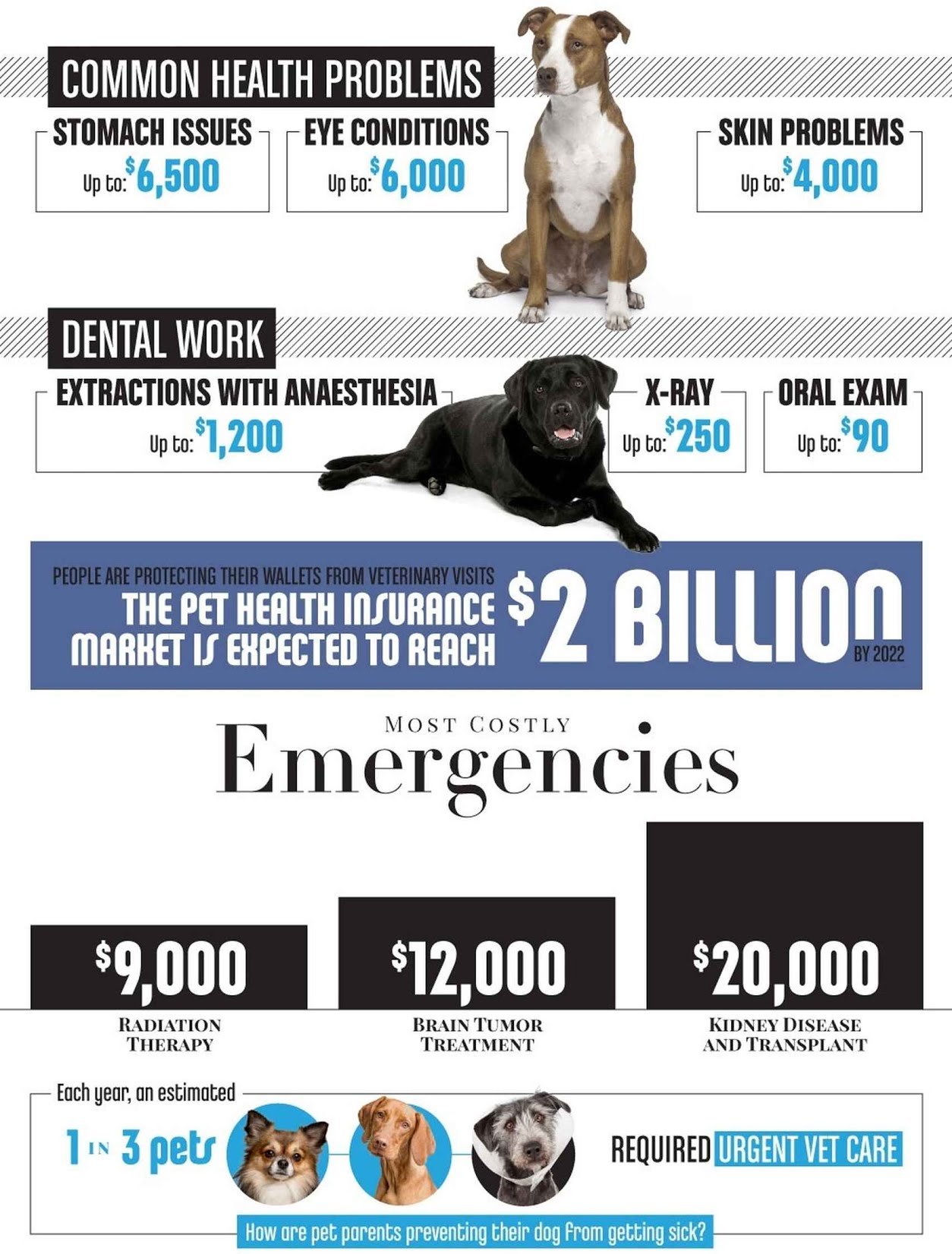
Here we see that, over time, the dogs have gone from the house in the garden to sleeping inside the house and from there directly to bed. This has been accompanied by an increase in the therapeutic areas that are used:
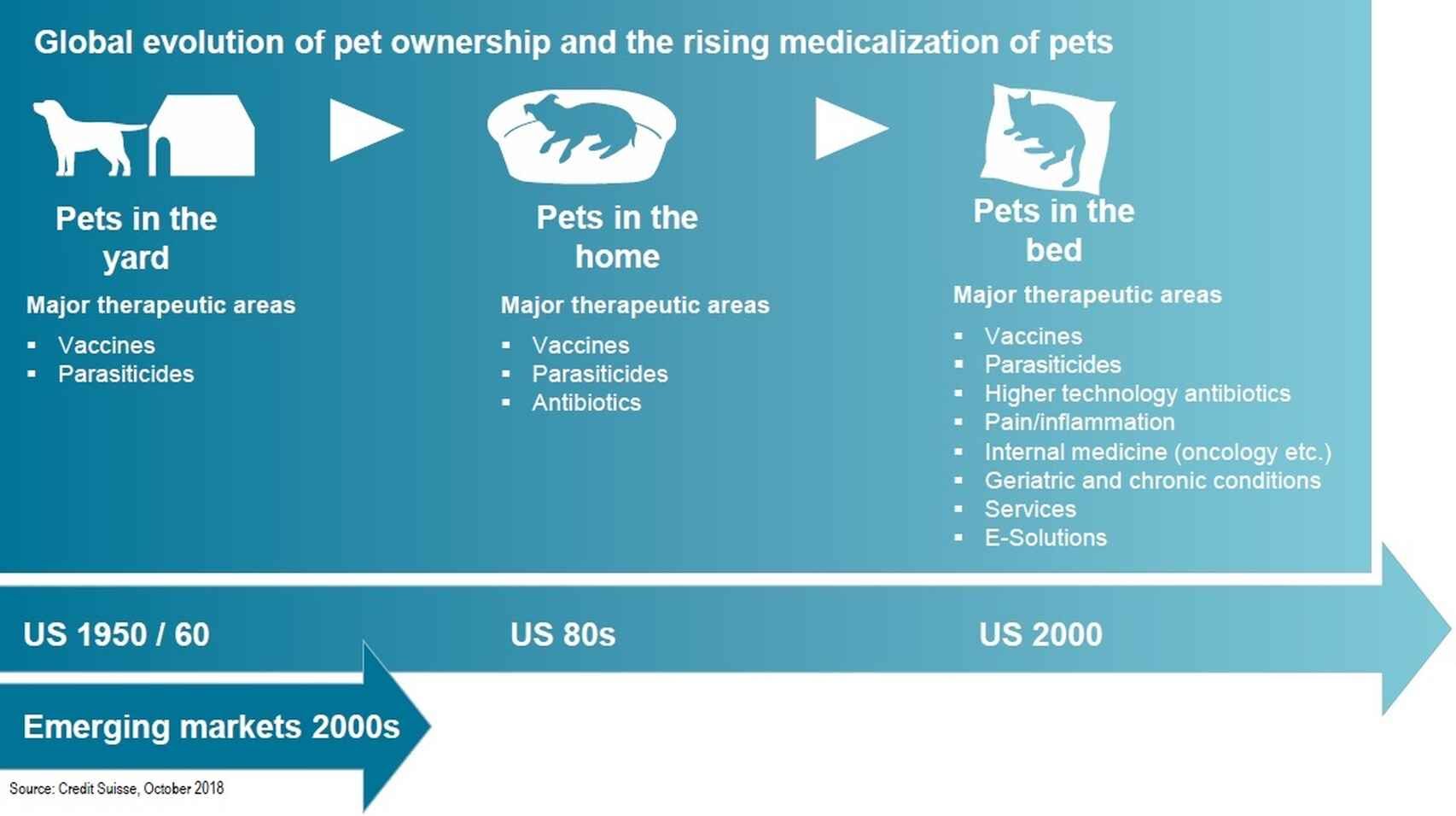
In this other infographic, Allianz breaks down the cost of keeping a Labrador for their entire life. Almost half goes to food and there are interesting companies, such as Freshpet, specializing in healthy pet food:
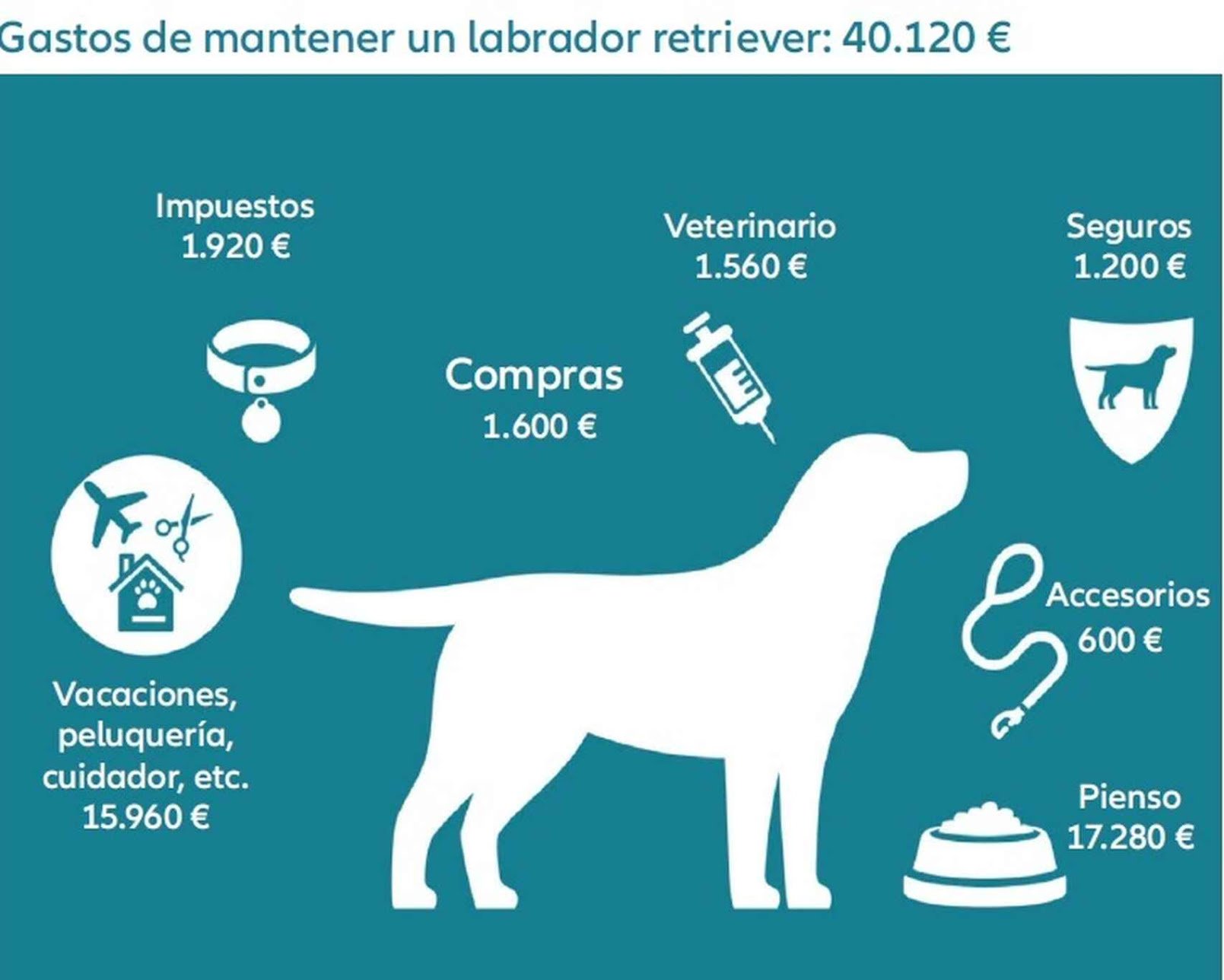
This Bloomberg graph quantifies the cost of an average dog during his life and compares it with that of other pets such as cats, rabbits or hamsters:
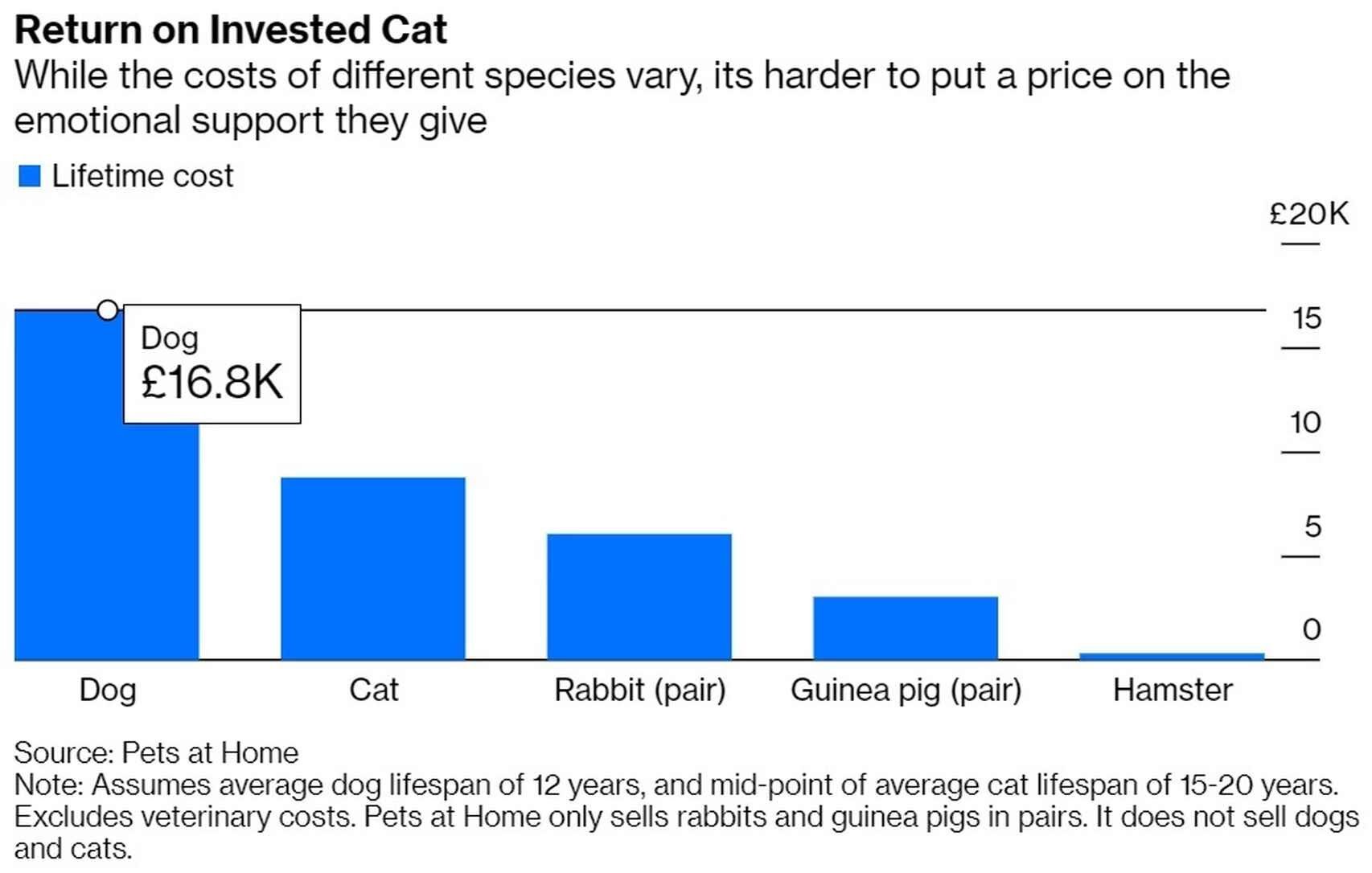
This other graph shows us how the prices of the most demanded breeds have skyrocketed in the middle of the pandemic:
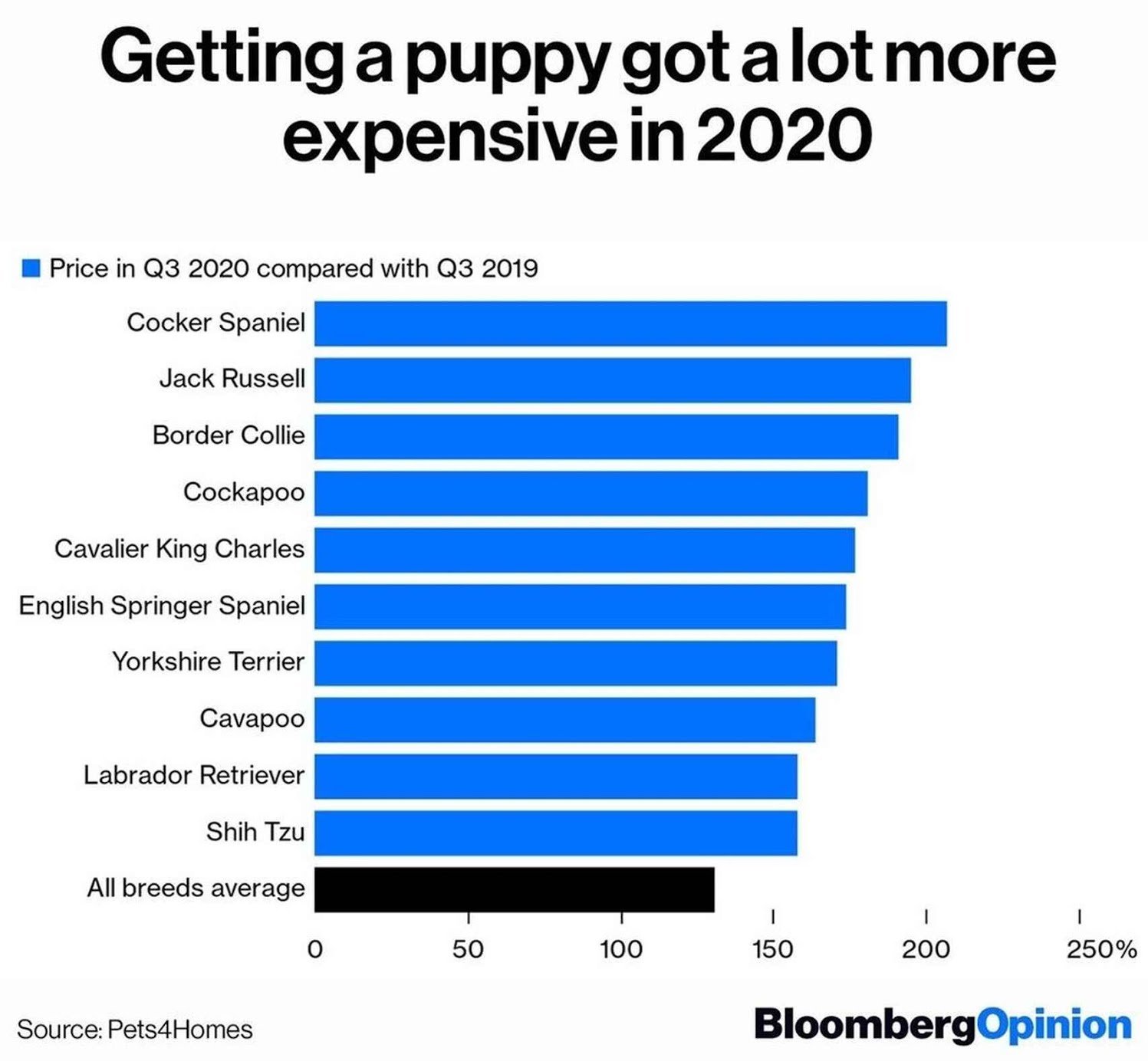
In 2018, Americans spent $ 72 billion on their pets, which exceeds the combined GDP of the 39 smallest countries in the world in economic terms. In addition, in the first world power, there are 90 million dogs: more than a quarter of the national population.
Let's move on to emerging economies and specifically their first representative: China. In the Asian giant, most of the owners of pets are young and women. And, despite what we might think from their culinary habits, there are more dogs than cats. Let's look at this graphic from the CGTN:
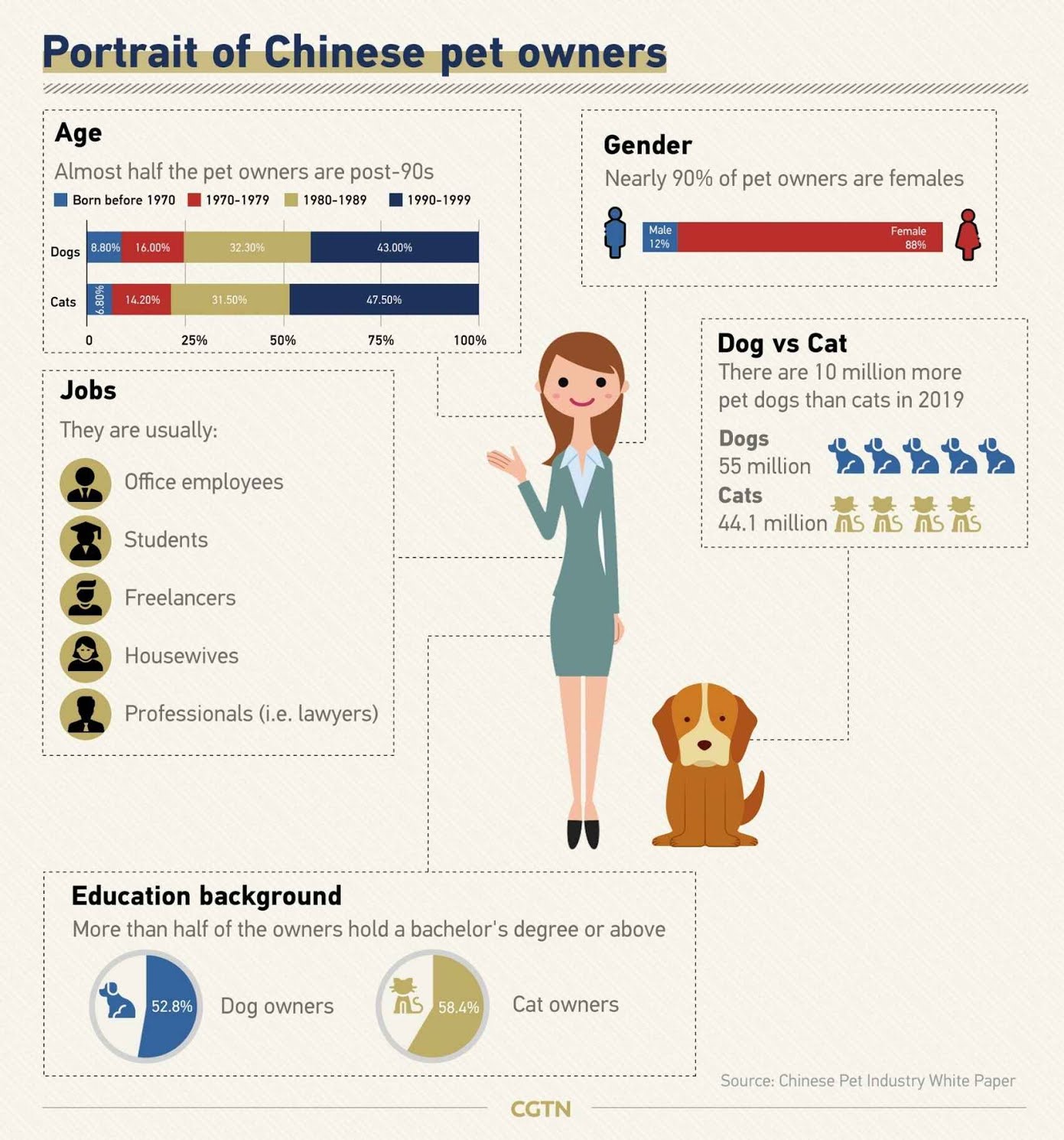
If anywhere in the world they humanize pets more than anywhere else, it is in Asia. Here we see that, for more than half of the Chinese, pets are like children:
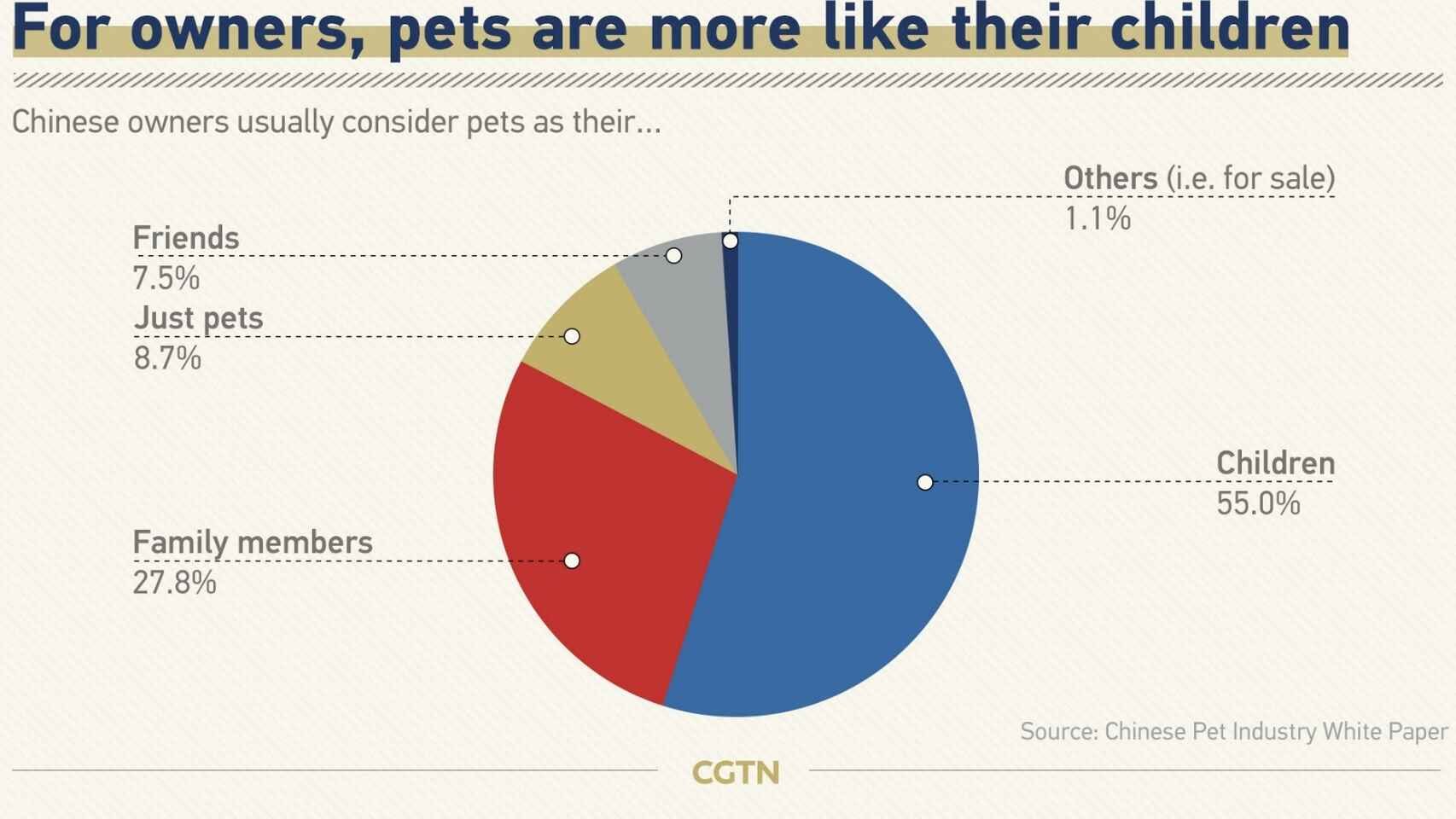
I already said that, in my opinion, in 2021 and 2022, you have to invest in growth sectors structurally and in value on time. If you wanted ideas of defensive growth sectors, pets might be one of them.
Happy weekend and today I close with this quote from Mark Twain: "If you pick up a hungry dog and make him prosperous, he will not bite you. That is the main difference between a dog and a man."
Autor: Gustavo Rivero
By: The Spanish
You could be interested: Impulse Purchases Still Strong
Market Information
07/08/2025
The American Pet Products Association (APPA) Releases 2025 Dog & Cat Report, Revealing a New Era of Pet Ownership
29/07/2025

















































